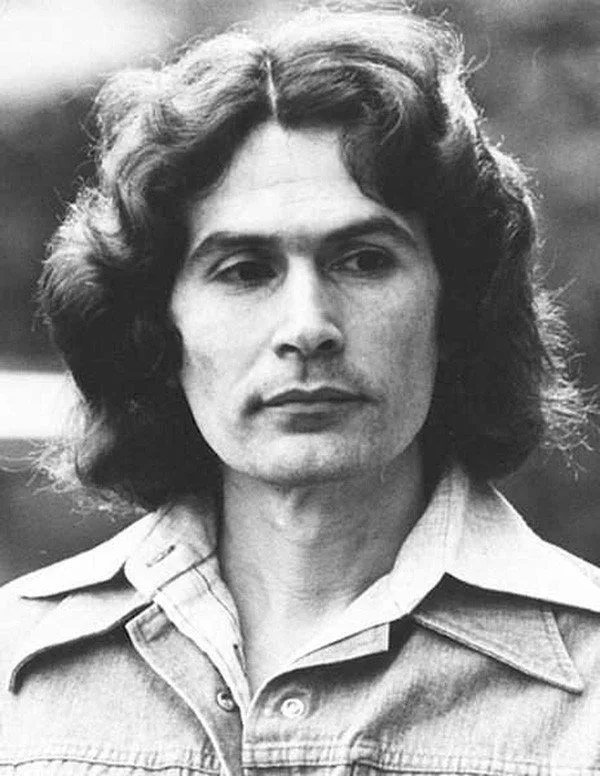On July 24, 2021, it was announced that serial killer Rodney Alcala, known more commonly as ‘The Dating Game Killer,’ had died while incarcerated at the California State Prison in Corcoran, California. This is the same prison that also once held the infamous Charles Manson and is still home to Joseph DeAngelo, better known as the ‘Golden State Killer.’
In a statement made by California Department of Corrections and Rehabilitation officials, Alcala died of “natural causes” in a hospital near the Corcoran State Prison. Still, the official cause of death has not been released to the public as of the writing of this article.
We at HorrorFacts thought we would take a look into the crimes and controversy that surrounded this notorious serial murderer who, during his killing spree, stopped to make an appearance on the television game show ‘The Dating Game.’
Alcala Commits His First Violent Act
Alcala, born on August 23, 1943, in San Antonio, Texas, would commit his first documented crime in 1968 when he lured eight-year-old Tali Shapiro into his car and back to his Hollywood apartment.
This could have notably been Alcala’s first murder victim had it not been for an unknown eyewitness who noticed Alcala following this young girl down the street in his car and then saw her get into the vehicle. Thinking something didn’t seem right, they followed Alcala to his apartment and contacted the LAPD after seeing Alcala take the young girl into his apartment.
Los Angeles Police Officer Chris Camacho received the call and was the first to arrive on the scene. According to a statement made by Camacho, he knocked on Alcala’s door, introduced himself as a police officer, and stated, “Open the door. I need to talk to you.”
He added that an unknown naked male appeared at the door and stated, “sorry I was in the shower.”
Noticing that the man didn’t appear to have just stepped out of the shower, Officer Camacho told him that he had “3 seconds” to open the door.
After failing to open the door, Camacho kicked the door in and discovered the badly beaten body of Shapiro lying in a pool of her own blood. Her clothes and shoes had been through to one side and laying across her neck was a steel bar, which Alcala had been using as a means to strangle the young girl.
Camacho began searching the premises, but Alcala had managed to escape out the back door and evade capture.
When Camacho returned to the kitchen, he discovered that Shapiro, whom he originally assumed to be dead, was “gagging” and “trying to breathe.” She was quickly rushed to the hospital where she managed to recover from her near fatal encounter with her deranged attacker.
Upon a further search of the apartment, police found photography equipment and a stockpile of photos of young girls. Along with the photos, police found identification belonging to Rodney Alcala. They now had a name but, unfortunately, that’s all they had.
Alcala Goes On the Run
Knowing he was now a wanted man, Alcala flew across the country to New York where he enrolled at New York University as a film major under the alias ‘John Berger.’
It was at this school that Alcala would have the opportunity to study under Roman Polanski. It was reported that Polanski taught Alcala how to properly use a camera and to take “fashion” shots, the ruse that would become Alcala’s signature of death, as he would lure many of his victims under the guise of being a successful photographer who wanted to take some impromptu fashion photos of them.
In a strange turn of events, just one year later, in 1969, Polanski’s then wife Sharon Tate would end up being murdered by members of the Manson Family under the orders of Charles Manson. The same Charles Manson with whom Alcala would later be incarcerated with at the California State Prison, although it’s unlikely the two fellow inmates would ever have met in prison.
Commits His First Murder

In June of 1971, twenty-three-year-old flight attendant Cornelia Michel Crilley was found murdered in a Manhattan apartment she was sharing with her boyfriend Leon Borstein. Crilley, who would only be living with Borstein temporarily while she worked on getting her own apartment with another fellow flight attendant, had spent the day moving into Borstein’s apartment.
When Borstein returned home from work that fateful day, he found her door locked. After being unable to get any sort of a response from her, Borstein contacted the police who, after arriving on the scene, discovered the body of Crilley.
She had reportedly been stripped and strangled with a nylon stocking. A gag was also placed in her mouth to keep her from screaming and police also found a bite mark on one of her breasts.
Her murder would go unsolved for over forty years as, at the time of her death, authorities had no leads to go on and were unaware of wanted fugitive Alcala’s presence in New York at the time of the murder.
Alcala Moves Again
Alcala would also make their job harder as, shortly after murdering Crilley, he moved to New Hampshire where he managed to get a job as a counselor at a girl’s art camp.
In 1969, a year after he initially fled California, Alcala was placed on the FBI’s Ten Most Wanted list. This would prove to be pivotal in catching Alcala, as two girls who had been attending the camp happened to spot the wanted poster hanging up in a post office.
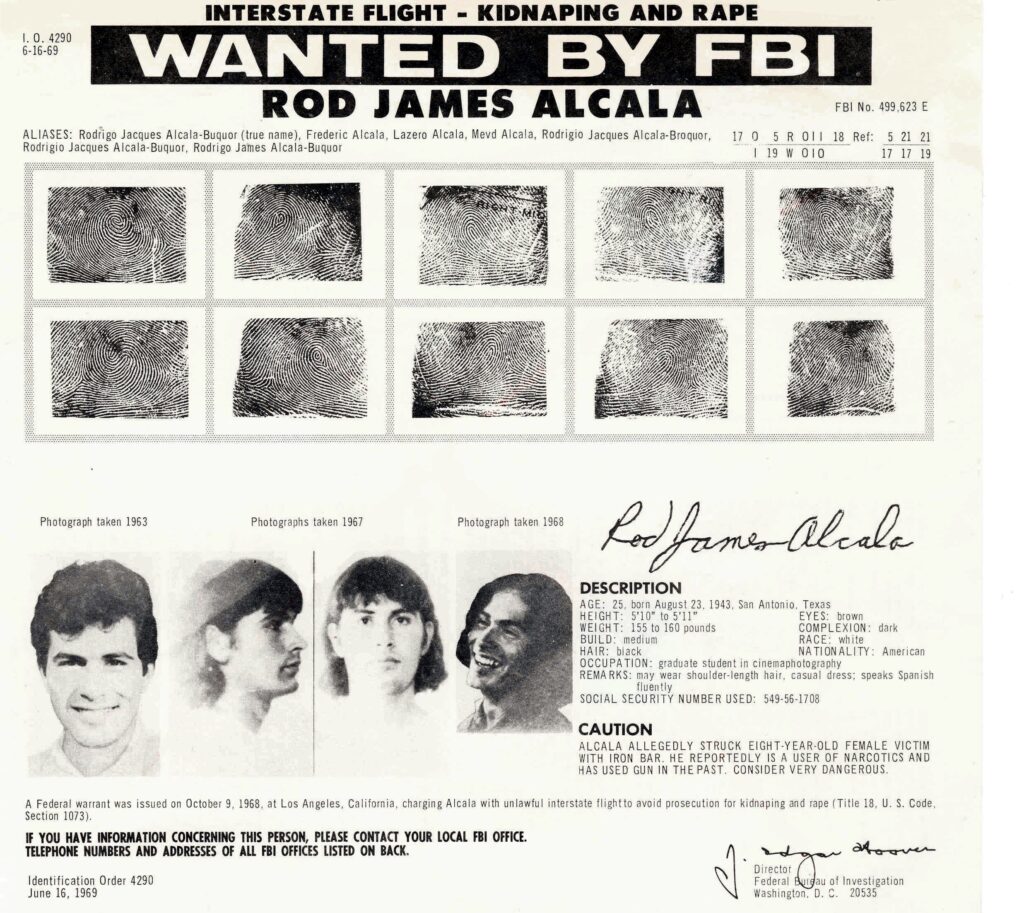
Alcala Stands Trial For His Crimes
Now the FBI finally had Alcala in custody. He was returned to California to stand trial for his crimes. Unfortunately, Shapiro’s parents had moved to Mexico to distance themselves from the whole ordeal. When they received word that Alcala had been apprehended, they refused to allow their daughter to testify at the trial. Without their primary witness in the case, prosecutors had little evidence to convict him and Alcala ended up being convicted on one count of child molestation. He was sentenced to one year to life in prison, but would ultimately serve only thirty-four months before being granted parole in 1974.
Released From Custody
Alcala would only be out of prison for two months before he was once again apprehended, this time for kidnapping a thirteen-year-old girl who, according to court records, is only identified as “Julie J.” It’s reported that Alcala picked the girl up while she was walking to school. He gave her marijuana and made sexual advances towards her. Despite this fact, he was only charged with giving drugs to a minor and violating his parole. He would return to prison and only serve a two-year sentence before once again being released from custody in 1977.
Commits His Second Murder
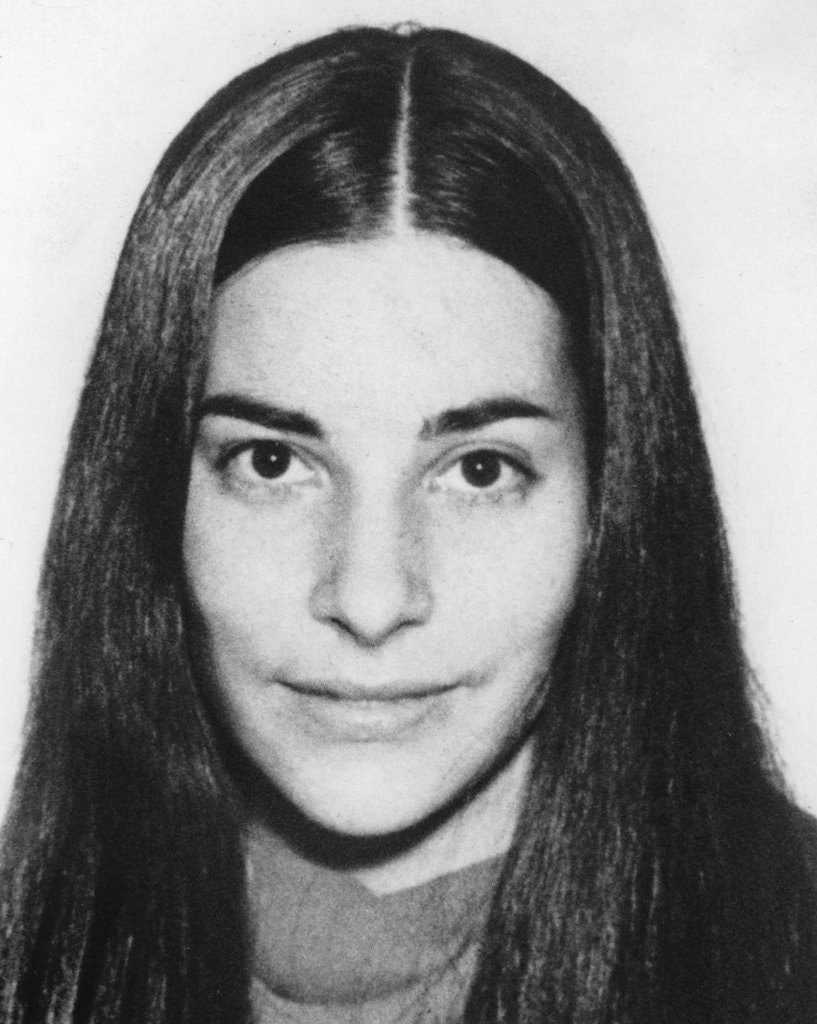
Despite being identified as a “flight risk,” Alcala’s parole officer permitted him to travel to New York City to supposedly visit relatives that lived there.
Back in New York City, it wouldn’t be long before Alcala would claim another victim. Operating in the city at the same time as the “Son of Sam” was on the loose allowed Alcala to carry out his next crime virtually undetected, as local police were busy trying to apprehend the armed killer.
Twenty-three-year-old Ellen Hover would go missing within a week of Alcala’s arrival in New York. She was an aspiring musician whose father owned and operated the Hollywood nightclub Ciro’s. Both Dean Martin and Sammy Davis Jr. were noted godfathers to Hover.
After a couple of weeks with no word from Hover, a story ran on July 30, 1977, in the ‘New York Times’ that spoke about the disappearance of Ellen Hover. Upon searching her apartment, it was discovered that she had an appointment on July 15 to meet a man named “John Burger.”
The article notes that one of Hover’s neighbors remembers a “tall, shabbily dressed young man, with a long ponytail” who knocked on Hover’s door. A friend of Hover’s who also remembered seeing a man matching that description noted that Hover told her he was a photographer she had met at an unemployment office.
Hover’s official whereabouts would remain a mystery until her body was discovered over a year later on the John D. Rockefeller Estate in Westchester County. Just like Crilley, her murder would go unsolved for years.
Alcala Takes Another Life
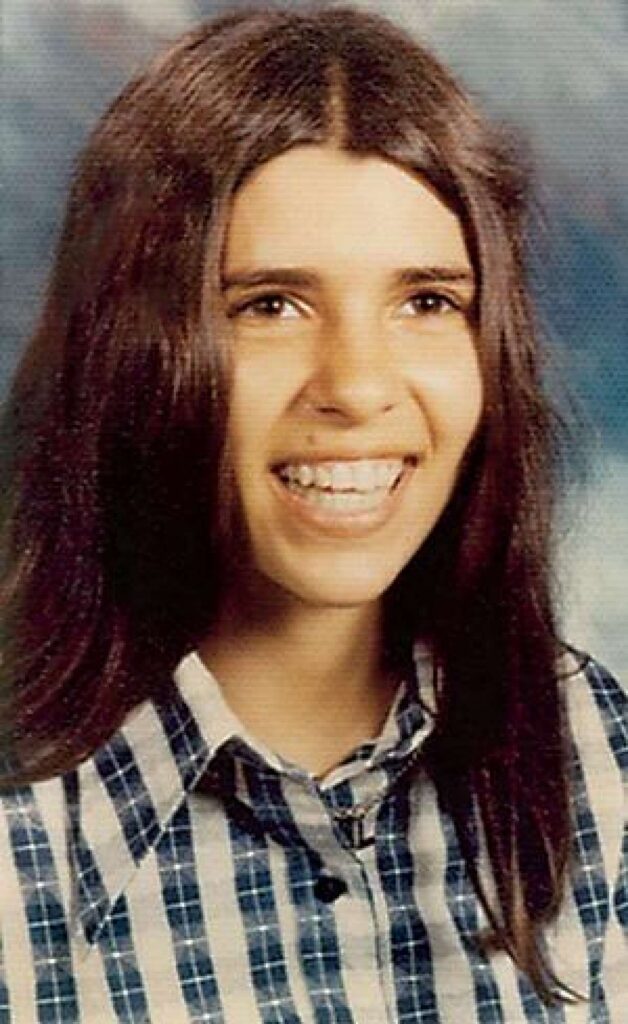
Back in California, Alcala would claim his next victim in November of 1977, when the body of eighteen-year-old Jill Barcomb was discovered off Franklin Canyon Drive in Los Angeles.
Barcomb, who lived in New York, was vacationing in LA at the time. Her body was found bent over with her face in the dirt and she had multiple ligatures on her neck. It was discovered that she had been strangled by a pair of blue slacks. Barcomb had also sustained so much trauma to the face that her family was initially unable to recognize her.
Similar to how Alcala was able to kill undetected In New York due to the police being too focused on the “Son of Sam” killer, he would once again be able to claim another victim while another serial killer terrorized the country. At the time of Barcomb’s murder, LA was gripped in fear while the “Hillside Strangler” claimed the lives of numerous Los Angeles women. In fact, her case was mistakenly linked to the ‘Hillside Strangler’ at the time due to the fact that it had so many similarities to that killer’s MO. It seems likely that Alcala planned this as a means of covering his own tracks.
Commits His Fourth and Fifth Murders


The very next month, Alcala would claim another victim. This time in the state of Florida.
On December 16, 1977, the body of twenty-seven-year-old Georgia Wixted was found murdered in her Malibu apartment. Wixted worked as a nurse and, without fail, would pick up one of her co-workers and the two would drive together to the hospital where they worked. After she failed to show one day, the police were contacted and went to check up on Wixted. When police examined her apartment, they found one of her windows was opened and the screen had been removed.
After entering her home, police discovered Wixton’s naked body posed on the floor. She had been strangled and beaten with a hammer that police found lying next to her body. With no leads in the case, Wixted’s murder would also go unsolved.
Six months later on June 24, 1978, Alcala would strike again. This time his victim would be thirty-two-year-old legal secretary Charlotte Lamb, who was found murdered in the laundry room of an apartment complex in El Segundo, California. Like all of Alcala’s victims, she had been strangled to death. Alcala had also taken the time to pose Lamb’s body in a sexually explicit position. Her arms had been folded behind her back, which caused her back to arch and accentuate her chest.
Alcala Appears On ‘The Dating Game’
On September 13, 1978, Alcala would make his infamous appearance as bachelor number one on ‘The Dating Game’ where he vied for the affection of unsuspecting bachelorette Cheryl Bradshaw.
When ‘Dating Game’ host Jim Lange introduced Alcala, he described him as a “successful photographer who got his start when his father found him in the darkroom at the age of 13, fully developed. Between takes you might find him skydiving or motorcycling.”
When Alcala was asked by Lange to say hello to Bradshaw, he introduced himself by stating, “We’re going to have a great time together, Cheryl.”
When asked by Bradshaw what his best time was, Alcala responded by stating, “The best time is at night, night time.” Bradshaw followed up asking him why he said that, to which he responded, “Because that’s the only time there is.”
Alcala was then asked to portray a “dirty old man” who was auditioning for her “private class.” He gave a disturbing performance of grunts. His performance, however, seemed to elicit a chuckle from Bradshaw.
The last question Bradshaw asked was, “I’m serving you for dinner. What are you called and what do you look like?”
Alcala responded to the question by stating, “I’m called the banana and I look really good.”
Bradshaw followed up by asking him to be “more descriptive,” and Alcala responded by stating, “Peel me.” This answer would receive a big laugh from not only the audience, but Bradshaw herself, who also added, “Later, bachelor one.”
When it came time to choose, Bradshaw stated that she “liked bananas” and chose Alcala as the winning bachelor. For their date, the pair would be receiving tennis lessons and would then spend the day at Magic Mountain.
Thankfully for Bradshaw, she sensed something didn’t seem right with her suitor and would later reveal that, after getting to know him backstage, something about him started to make her feel “ill.” She added that he was “acting really creepy” and she ultimately turned down his offer to take her on a date.
The next day, Bradshaw called the show’s contestant coordinator, Ellen Metzger, and informed her that she couldn’t go on a date with Alcala. She told Metzger that there were “weird vibes” coming off him and that he was “strange.”
In later interviews, bachelor number two, Jed Mills, also described Alcala as being “creepy” and he said that, when they were in the green room before the show, he told Mills, “I always get my girl.”
Bradshaw had managed to stare evil in the face and live to tell the tale. Unfortunately, though, Alcala’s next victims would not be so lucky.
Commits His Sixth and Seventh Murders
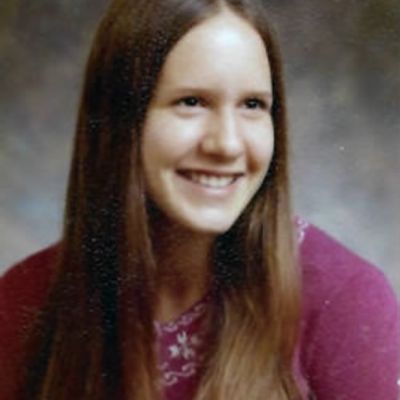

On June 14, 1979, the body of twenty-one-year-old data entry operator Jill Parenteau was found in her Burbank, California apartment. The day before, she went to a Los Angeles Dodgers game and reportedly came home following the game. The next day, Parenteau didn’t show up to work and the police were dispatched to her apartment where they found her body lying on the floor in a sexually explicit position. A pillow had been shoved behind her back to prop her chest up, similar to the way Alcala had posed Charlotte Lamb’s body.
Just six days later on June 20, 1979, Alcala drove to Hunting Beach in Orange County, California where he approached twelve-year-old Robin Samsoe and Bridget Wilbert and attempted to take the pair’s photo. Before he could do anything, he was approached by one of the young girls’ mothers who asked Alcala what he was doing. Startled by the enraged mother, Alcala quickly scurried away. Unfortunately, Alcala had already chosen his next victim.
The two girls went back to Wilbert’s house, but Samsoe soon had to leave to go to ballet class. She would never make it to the class because somewhere along the way, Alcala kidnapped her.
Samsoe’s mother soon contacted the police and filed a missing person report. A police sketch artist was also sent to meet with Wilbert to get a description of the man who had approached them on the beach.
On July 11, 1979, a park ranger discovered what he believed to be human remains in an area of the Angeles National Forest known as Chantry Flat. The body had, unfortunately, been scavenged by animals and all that remained was a skeleton.
Police Finally Catch Alcala
The sketch of Alcala meanwhile started to circulate and came across the desk of Alcala’s parole officer, who immediately identified him and informed police that Alcala was living with his mother in Monterey Park, California. On July 24, 1979, police arrested Alcala and obtained a search warrant for his mother’s residence where they found a receipt for a self storage facility in Seattle, Washington.

In the storage locker, police found hundreds of photos of unidentified people, along with different sets of earrings, including a set that police believed to have belonged to Samsoe.
The Strangest Murder Trial
In 1980, Alcala would stand trial for the murder of Robin Samsoe and on May 08, 1980, Alcala was found guilty and sentenced to death. He was originally transferred to San Quentin State Prison where he was placed on “death row.”
In 1984, the case was appealed and, in a surprise to everybody, the verdict was overturned by the California Supreme Court because they determined the jurors in the trial had been improperly informed of Alcala’s sex crimes. As a result, Alcala was granted a new trial.
In 1986, Alcala once again stood in front of a judge and was charged with the murder of Robin Samsoe. Again, he was found guilty and sentenced to death.
In 2001, Alcala filed an appeal, claiming that he had received “ineffective counsel.” He claimed that his counsel made errors while representing him and failed to put up a strong enough defense on his behalf. As such, his trial was unfair and he should be granted another retrial.
Somehow his appeal was once again granted and Alcala was once again granted another trial.
Prosecutor Matt Murphy was then assigned to the case. Determined to see Alcala pay for his crimes he ordered a DNA sample to be collected from Alcala. From this sample, they were able to match his DNA to samples recovered at two cold case crime scenes. Following this, Murphy had the idea to analyze the earrings that had been recovered from Alcala’s storage locker. Murphy was able to match the DNA found on the earrings to Jill Barcomb, Georgia Wixted, Charlotte Lamb, and Jill Parenteau.
In 2003, prosecutors on the case filed to combine the Samsoe trial with the four murders newly linked to Alcala, and in 2006, the courts ruled in their favor. So, when Alcala returned to the courtroom in January 2010, he was now on trial for the murders of five women.
This time around, Alcala chose to represent himself, thinking he would be capable of proving his own innocence. When this third trial concluded, Alcala was once again found guilty of the murder of Robin Samsoe. He was also found guilty of the murders of Jill Barcomb, Georgia Wixted, Charlotte Lamb, and Jill Parenteau.
For the third time, Alcala was sentenced to death.
Alcala is Linked to Additional Murders
In January 2011, Alcala was finally charged for the murders of Cornelia Crilley and Ellen Hover, and in June of 2012, he was extradited to New York to stand trial for his crimes. Alcala originally pled “not guilty” on both counts of first-degree murder, but in a surprising twist, Alcala would later change his plea to “guilty” in December of 2012. For the murders of Cornelia Crilley and Ellen Hover, Alcala was sentenced to an additional 25 years to life in prison. Unlike California, New York abolished the death penalty in 2007.
His reason behind changing his pleas was reportedly due to the fact that Alcala wanted to return to California in order to continue to appeal his death sentence.
In September 2016, Alcala would be charged with the murder of twenty-eight-year-old Christine Thornton, whose body was discovered in Sweetwater County, Wyoming in 1982, after initially going missing in 1977. He would be linked to her murder after photos recovered from his storage facility were released to the public. Amongst the photos were pictures of Thornton. Alcala would be interviewed regarding the photos, to which he admitted to taking the photos of Thornton but denied having any involvement in her murder.
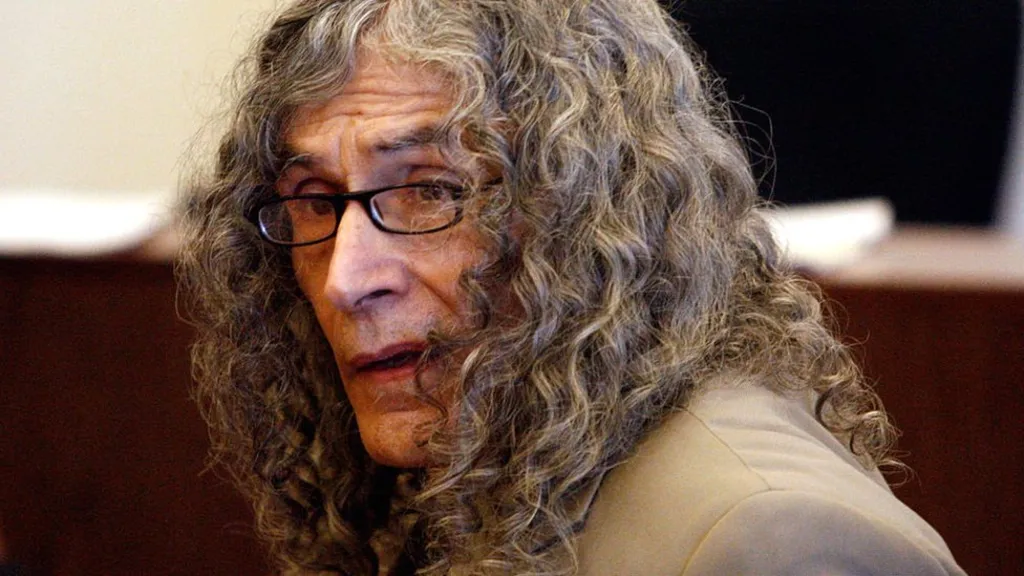
Due to his failing health, Alcala would not be extradited to Wyoming to stand trial for the murder of Thornton. Her murderer would never be brought to justice.
Over the years Alcala would continue to be linked to additional cold case murders in California and New York, as well as murders in New Hampshire and Arizona. Alcala would never be formally charged with any of these murders.
In 2019 the families of Alcala’s victims would again be robbed of their closure when the death penalty was abolished in the state of California. All those currently on death row, including Alcala, had their death sentence overturned.
The only closure they have now is knowing that with his recent death, Alcala can no longer harm anybody else. This monster of a man, who lived only to torture and inflict pain on others is finally gone and I’m sure we can all agree the world is a better place without him in it.

